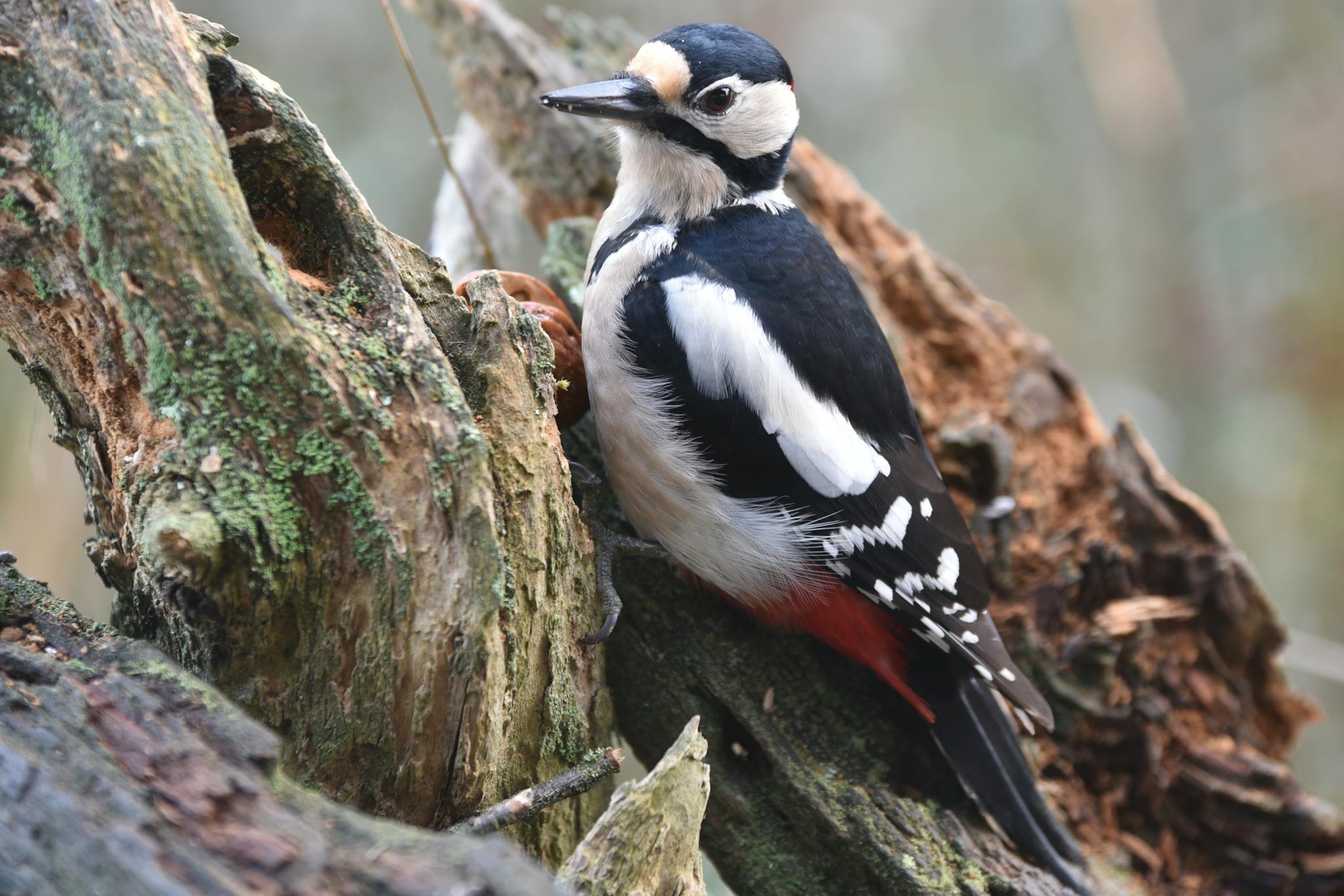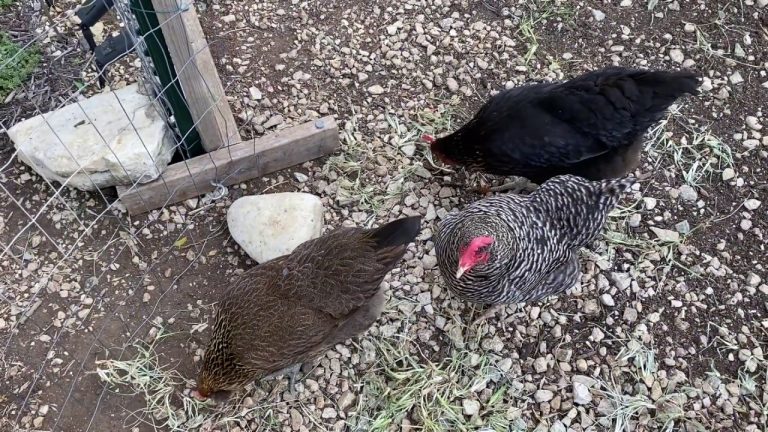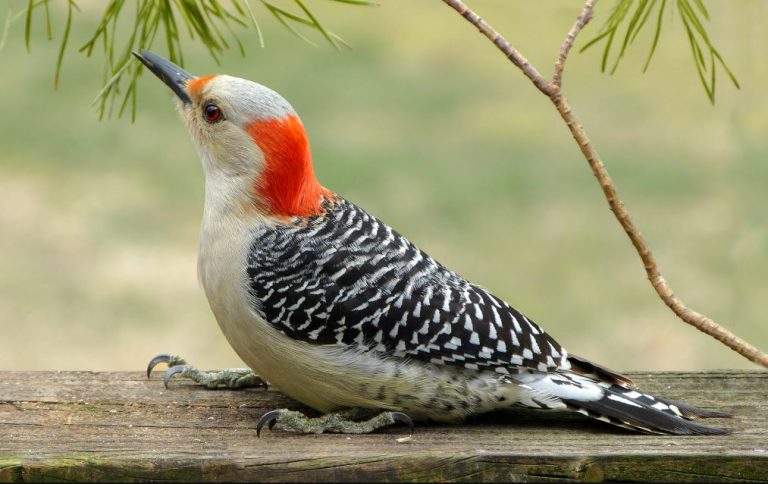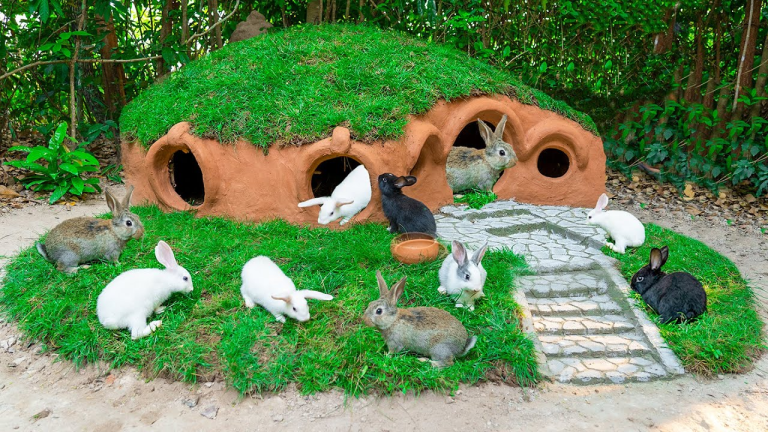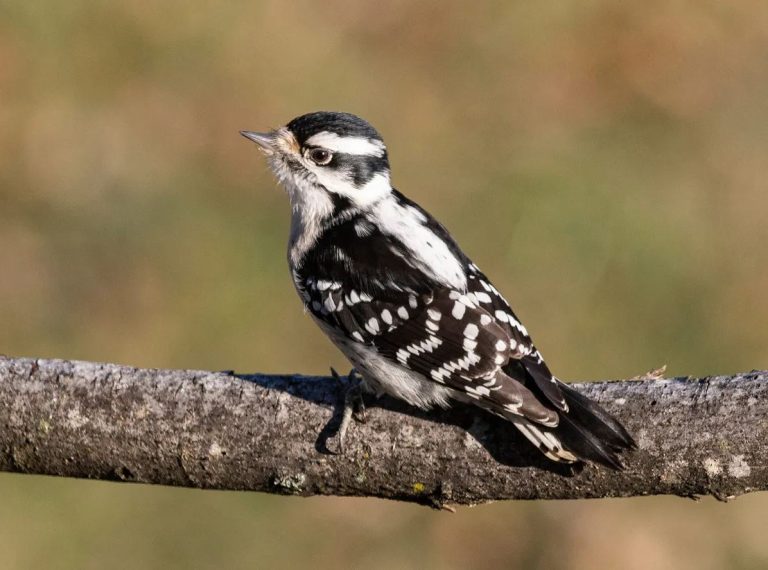Why Do Woodpeckers Peck Wood? A Deep Dive into Nature’s Drummers
Few sounds in the forest are as distinct as the rapid rat-tat-tat of a woodpecker hammering away at a tree. As a birdwatcher for over 13 years, I’ve spent countless early mornings trailing these feathered percussionists through wooded groves, captivated by their rhythmic persistence. But the question I’m often asked—especially by curious beginners—is simple: Why do woodpeckers peck wood?
The answer is layered and surprisingly fascinating. In this article, we’ll explore the multiple reasons behind woodpecker pecking behavior—from communication to feeding, nesting, and even how they manage to do it without giving themselves concussions. Whether you’re a backyard bird enthusiast or a student of avian biology, let’s break down what lies behind this iconic behavior.
The Short Answer: It’s Not Just About Finding Food
Woodpeckers peck wood for four main reasons:
- To find insects hidden beneath tree bark
- To create nesting cavities
- To communicate and establish territory
- To attract mates during breeding season
Each of these behaviors serves a distinct evolutionary purpose. Let’s unpack them one by one.
1. Foraging: Digging for Grubs and Insects
At its most basic level, pecking is how woodpeckers find food. Many species specialize in eating wood-boring insects—like beetle larvae, ants, or termites—that live inside tree trunks or under bark.
Using their chisel-like beaks, woodpeckers can break into dead or decaying wood to uncover these hidden protein sources. Some species, like the Pileated Woodpecker, are especially adept at tearing apart rotten logs in search of carpenter ants.
But the real magic happens once they breach the surface.
Woodpeckers have extremely long, barbed tongues, some stretching up to 4 inches beyond the tip of their beak. The Northern Flicker, for example, uses its tongue to slurp up ants with sticky saliva. This specialized foraging technique is a key reason woodpeckers evolved to peck in the first place.
2. Excavating Nest Cavities
Another crucial reason woodpeckers peck wood is to create nesting sites. Most woodpeckers are cavity nesters, meaning they dig out their own homes inside trees—usually in soft or decaying wood.
This process can take weeks. First, the male (and sometimes the female) selects a suitable tree—often a snag (a dead or dying tree). They’ll begin drilling an entrance hole, then carve a deep, oval-shaped chamber inside. These nests offer warmth, security, and protection from predators.
Each year, most species excavate a new cavity. Old cavities don’t go to waste, though—other birds like bluebirds, owls, chickadees, and even squirrels often move in after woodpeckers abandon them. So in a way, woodpeckers are ecological architects of the forest.
3. Drumming: A Woodpecker’s Way of Speaking
Not all pecking is about food or shelter.
Sometimes, when you hear that rapid-fire tapping in the woods—or on your chimney or rain gutter—it’s not pecking at all, but drumming.
Drumming is a form of acoustic communication, primarily used by males (though some females drum too). It’s their way of:
- Claiming territory
- Warning off rivals
- Attracting a mate
Each species has a unique drumming pattern. For instance, the Downy Woodpecker produces short, rapid bursts, while the Hairy Woodpecker has a slower, more powerful rhythm.
Interestingly, woodpeckers often choose resonant surfaces—like hollow trees, utility poles, or metal drainpipes—to make their drumming louder. If you’ve ever been woken by a woodpecker hammering on your gutter at 6 AM, it’s not because they’re confused—it’s because they’re amplifying their message.
4. Courtship and Breeding Displays
In early spring, pecking behavior often increases dramatically. That’s because many woodpeckers are using their pecking and drumming to impress potential mates.
Some species pair for a single season; others, like Red-bellied Woodpeckers, may remain together for years, defending the same territory. Courtship rituals include:
- Duets of synchronized drumming
- Pecking near the future nest site
- Gentle mutual tapping or beak fencing
In these cases, pecking becomes a symbolic gesture—part of an elaborate dance that reinforces pair bonds and reproductive readiness.
How Do Woodpeckers Avoid Brain Damage?
Here’s a question that astonishes many people—and with good reason.
Woodpeckers can strike a tree with forces of over 1,000 Gs, doing it 20 times per second, thousands of times a day.
So how do they avoid getting concussions or even brain damage?
The answer lies in several specialized adaptations:
- Shock-absorbing skulls: Their spongy bone structure and thick skull cushion each impact.
- Short cerebrospinal fluid space: This limits the brain’s movement inside the skull.
- Reinforced beak structure: The upper and lower parts of the beak are slightly uneven, which disperses force away from the brain.
- Third eyelid (nictitating membrane): Protects the eyes from flying debris and potential retinal detachment during pecking.
Some scientists even believe woodpeckers’ tongue bone (hyoid apparatus)—which wraps around their skull—acts like a natural seatbelt for the brain.
It’s one of nature’s most astonishing examples of biomechanical engineering.
Do All Woodpeckers Peck Wood?
Interestingly, not all woodpeckers are equally reliant on pecking wood.
Take the Northern Flicker for instance. Unlike most woodpeckers, it spends a lot of time foraging on the ground, especially for ants. It still nests in cavities and drums during the breeding season, but it’s not constantly hammering into trees for food like its cousins.
Meanwhile, tropical woodpecker species may favor softer substrates, such as termite mounds or bamboo, while others may rely more on fruit or nectar than insects.
That said, pecking behavior remains central to nearly all members of the Picidae family—it’s just the frequency and purpose that vary.
When Are Woodpeckers Most Active?
If you want to observe woodpecker behavior in the wild, early morning is your best bet—especially during spring and early summer.
- Spring (March to May): Peak drumming and nest excavation season
- Summer (June to August): Feeding young; more quiet, but still active
- Fall (September to November): Caching food for winter; mild pecking
- Winter (December to February): Limited activity; occasional feeding
They’re generally most vocal and visible shortly after sunrise when they begin foraging or establishing their territory.
Should You Worry About Woodpeckers Pecking Your House?
If a woodpecker is hammering on your house siding, chimney, or eaves, don’t panic—it’s likely drumming, not feeding. They’re trying to amplify their sound, not destroy your home.
However, if you find holes in wooden structures, especially if they seem to grow over time, a woodpecker may be:
- Looking for insects in your siding (which could mean a pest issue)
- Attempting to build a cavity (if the siding resembles dead wood)
- Repeatedly drumming in the same spot
Solutions include:
- Installing visual deterrents (like reflective tape or fake predators)
- Using noise deterrents
- Covering affected areas with mesh during nesting season
Just remember—woodpeckers are protected under the Migratory Bird Treaty Act, so lethal removal is illegal without special permits.
Closing Thoughts from the Field
After years of fieldwork, I’ve come to see woodpeckers not just as birds—but as keystone species, skilled engineers, and ecological communicators. Their rhythmic tapping is a language—a layered signal of survival, love, conflict, and craftsmanship.
Next time you hear one echo through the forest or even your neighborhood, pause and listen. That sound is ancient. Purposeful. Beautiful.
And now you know exactly why they do it.
—
Summary Table: Why Do Woodpeckers Peck Wood?
| Purpose | Description |
|---|---|
| Foraging | To find insects like ants, beetles, and larvae beneath bark |
| Nest Excavation | To carve out safe, warm cavities in trees for raising young |
| Drumming | To communicate territory or attract mates using rhythmic sound |
| Courtship | To impress potential mates through synchronized pecking or display |
| Brain Adaptations | Specialized skull, beak, and tongue structure protect them from injury |
Frequently Asked Questions (FAQ)
Q: Do woodpeckers only peck dead trees?
A: Mostly yes, especially for nesting. They prefer dead or decaying wood, which is easier to excavate. But some species will also drum on live trees or artificial structures.
Q: How fast do woodpeckers peck?
A: Some species, like the Downy Woodpecker, can peck 15–20 times per second during short bursts.
Q: Do female woodpeckers peck too?
A: Absolutely. While males tend to do more drumming, females also excavate nests and forage.
Q: Can woodpeckers damage my trees?
A: Occasionally, yes—especially if the tree is already infested with insects. But most healthy trees can withstand light pecking.
Q: Are woodpeckers good for the environment?
A: Yes. They help control insect populations and create nesting cavities for many other species.
If you enjoyed this article, you might also like my deep dives on “Female Downy Woodpecker”, “Where Do Woodpeckers Live?”, or “What Do Woodpeckers Eat?”. Each is based on field observation, research, and a passion for sharing birdlife with the world.

